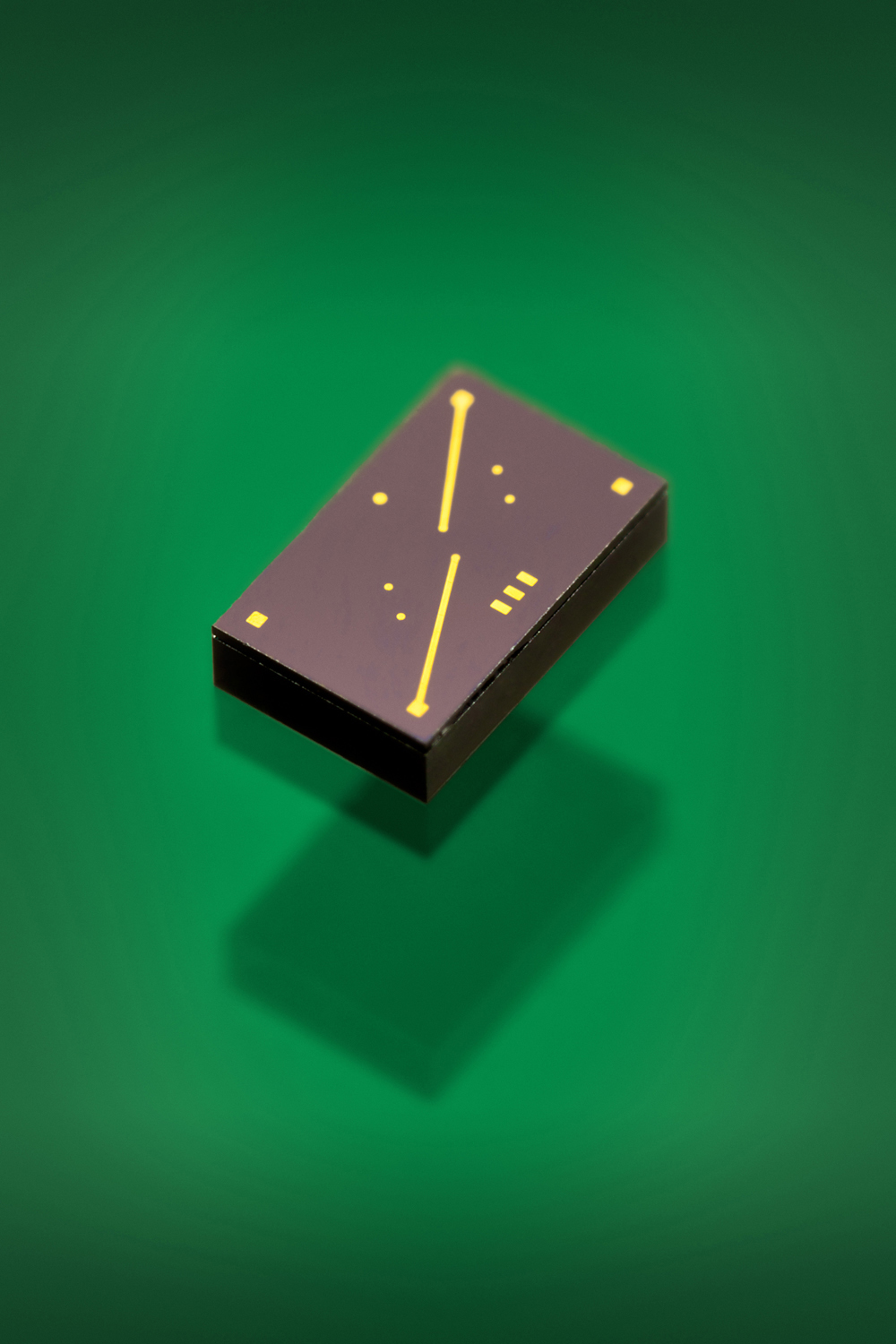Perfectly designed microelectronics
Microchips play an important role in industrial and household electronics. Their miniaturized circuits must not only function faultlessly but also consume as little energy as possible. Researchers are now working on making the tiny devices even more efficient.

The European Commission has defined micro- and nanoelectronics as one of five key technologies for Europe. At the moment, this segment of industry accounts for ten percent of Europe’s gross domestic product (GDP). Miniaturized electronic circuits fulfill a broad range of important technical functions: they not only control our PCs, tablets, smartphones, and DVD players. Without them, the power grid would be far less efficient, airbags would not pop open, and medical devices would not be able to function. “The trend is going toward ever smaller and more complex components. Today, electronic circuits are smaller than a few square millimeters and already contain individual elements such as transistors, electronic resistors, capacitors, resonators, or micro-con-trollers,” says Charles-Alix Manier of the System Integration and Interconnection Technologies department at the Fraunhofer Institute for Reliability and Microintegration IZM in Berlin.
Stacking saves space
The researchers have developed a production process that makes it possible to miniaturize a certain type of microchip even further: programmable oscillators. These are responsible for temporal synchronization and the transmission of information in electronic devices. For instance, the tiny 1.5-square millimeter circuits are part of wireless communication systems such as GSM or Bluetooth, as well as of MP3 or DVD players and navigation systems. The microtechnology experts at IZM stack the individual parts that make up the microsystem on top of each other instead of packaging these as separate components and placing them next to one another. So the module contains in itself all of the required components. Or, in other words, it is now possible to produce several thousand components simultaneously.
“This integration saves us a great deal of space and reduces the cost of the entire production process. This leads to a significant improvement with regard to productivity and miniaturization,” says Manier. Each microelectronic component is replicated on one wafer. Most of them are circular silicon discs that are about one millimeter thick. They resemble CDs or DVDs, but with a diameter of up to 30 cm, they are larger. It is now the discs themselves that are joined together under vacuum and not individual components, which results in a large number of fully “packaged” microchips being produced in one step. “To prevent components from getting too thick, we apply a thinning process during the packaging process. In so doing, we can currently achieve module heights of less than 500 micrometers,” says Manier in describing IZM’s expertise. With the new module design, the researchers aim to reduce the size of the oscillator, which is packaged in silicon. At the same time, they aim to expand its range of application. The idea behind this is to reduce the circuit’s surface and power consumption through System-on-Chip (SoC) integration combined with component stacking.
IZM expertise is currently being applied in the “Go4Time (www.go4time.eu)” European research project. Here, microelectronics experts from Finland, Germany, the Netherlands, Italy, and Switzerland are cooperating to optimize the design of the tiny circuits. The seven partners from research and industry have their eye on special oscillators. The problem is that the module frequency - the pace at which is transmits information – can vary depending on the temperature of the surroundings and the design of the inegrated resonator. If this happens, there can be interference, a mobile phone connection can be interrupted, or an MP3 player may start skipping.
Programming oscillators directly
To prevent this from happening, “Go4Time” is working on designing the timing module to be freely programmable. As a result, the frequency could be controlled, and temperature changes offset. “Our aim is to produce oscillators that are extremely efficient and suitable for all sorts of applications. This is a complex task that combines process development, industrial engineering, circuit design, and microelectronic assembly,” says Manier. Initial results are expected to be published over the course of the year, and a prototype of the timing module will be on display at the Sensor + Test 2013 trade show from May 14 to May 16 in Nurnberg (Hall 12, Stand 537).